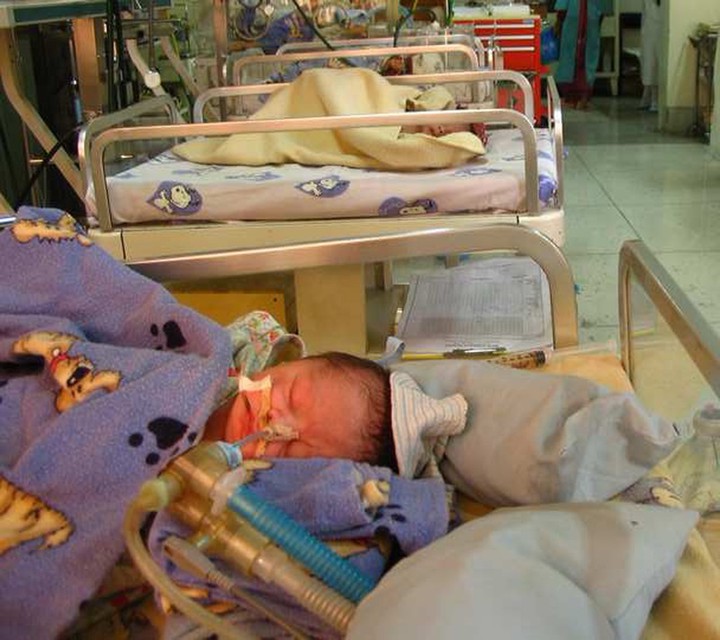
Abstract
The present study aims to investigate the refractive error trend in Nepalese pre-term infants without retinopathy of prematurity (ROP) in the first 6 months of life and explore the association of refractive error with birth weight (BW) and gestational age (GA). Thirty-six pre-term infants without ROP and 40 full-term infants underwent cycloplegic retinoscopy at birth, term (for pre-term only), 3 months, and 6 months chronologically. Refractive status was classified into emmetropia (mean spherical equivalent refraction [SER] 0 to +3.00D), myopia (SER < 0.00D), and significant hyperopia (SER > +3.00D). Refractive parameters at various age points were compared between the pre-term and full-term infants using general linear model repeated measures ANOVA. At birth, the SER in the pre-term infants was +0.84 +/- 1.72D; however, there was a shift toward myopia at 6 months of age (SER = −0.33 +/- 1.95D). There was a significant difference in SER, astigmatism, and anisometropia between pre-term and full-term infants by 6 months of age (P < .01). Astigmatism and anisometropia showed an increasing trend with age in pre-term infants (P < .05 at 6 months) in contrast to a decreasing trend in full-term infants (P < 0.05 at 3 and 6 months). In pre-term infants, there was a statistically significant positive relationship between GA and SER (β = 0.32, R2 = 17.6%, P < .05) but a negative relationship between BW and astigmatism (β = −1.25, R2 = 20.6%, P < .01). Pre-term infants who do not develop ROP show a trend toward increasing myopia and demonstrate greater astigmatism and anisometropia than full-term infants in their first 6 months of life.